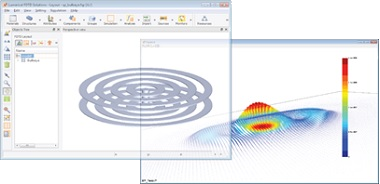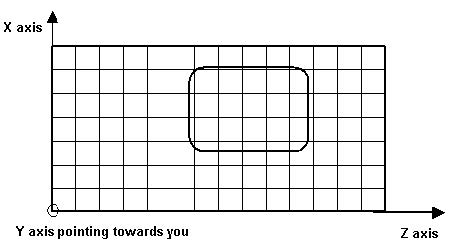
There are a number of mechanisms of dispersion. « lessĭispersion in porous media is important in such diverse fields as chromatography, packed beds, the encroachment of salt water into fresh-water aquifers during depletion-recharge cycles, the recovery of crude oil from underground reservoirs, underground waste disposal, dispersion of agricultural chemicals in soils, and flow in filters. Only in the strictly unphysical formal limit of an infinitely large speed of light c the nonrelativistic dispersion relations reduce to the standard noncovariant nonrelativistic dispersion relations. In the limit of nonrelativistic plasma temperatures the longitudinal and transverse dispersion relations can be expressed in terms of the Fried and Conte plasma dispersion function, however, the dependence on frequency and wave numbers is markedly different from the standard noncovariant nonrelativistic analysis. Explicit forms of the more » relativistically correct longitudinal and transverse dispersion relations are derived that hold for any values of the plasma temperatures and the temperature anisotropy. The further analysis is restricted to the important case of anisotropic bi-Maxwellian equilibrium plasma distribution functions.

By analytic continuation the dispersion relations in the whole complex frequency plane are constructed.

These dispersion relations describe the linear response of the system to the initial perturbations and thus define all existing linear plasma modes in the system. The longitudinal and transverse dispersion relations for plasmas with arbitrary distribution functions are derived. The properties of longitudinal and transverse oscillations in unmagnetized anisotropic plasmas of arbitrary composition are investigated on the basis of Maxwell equations and the relativistic Vlasov equation.


 0 kommentar(er)
0 kommentar(er)
